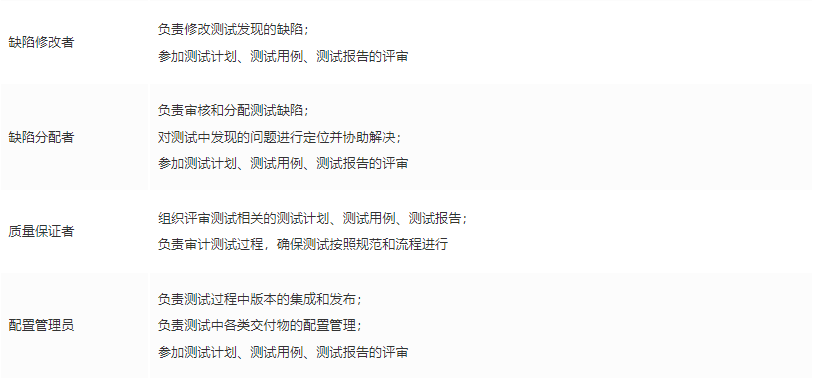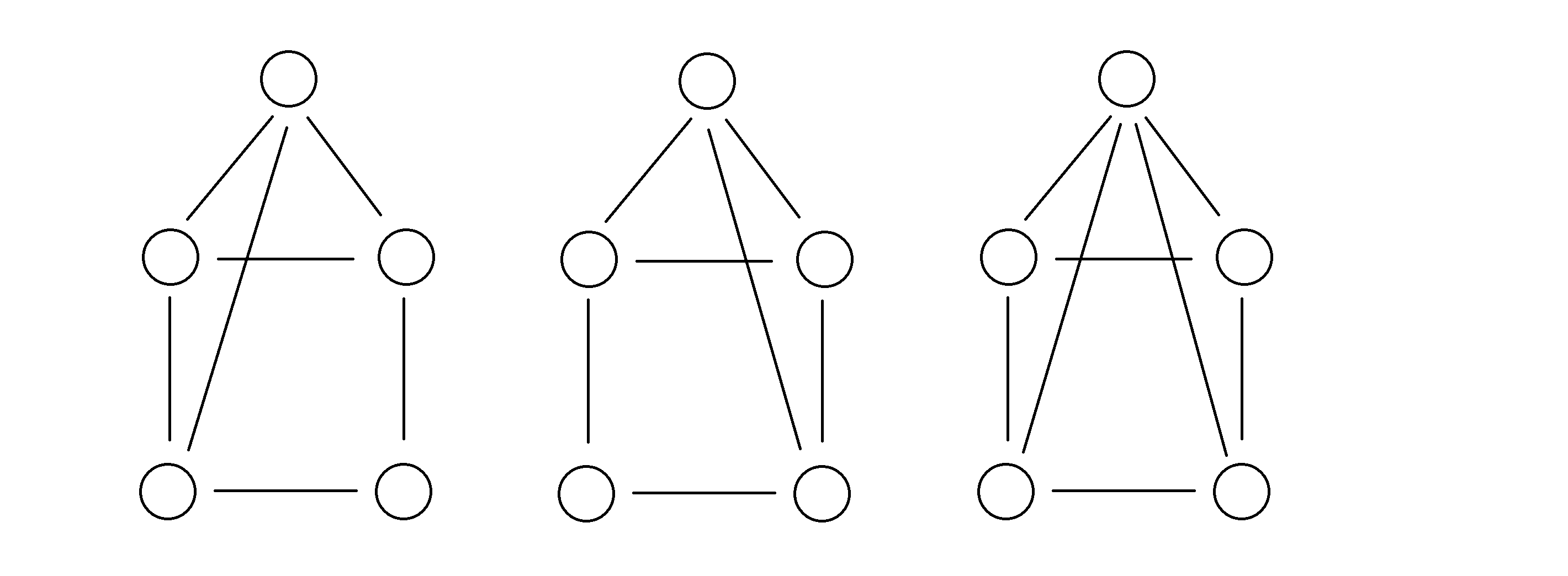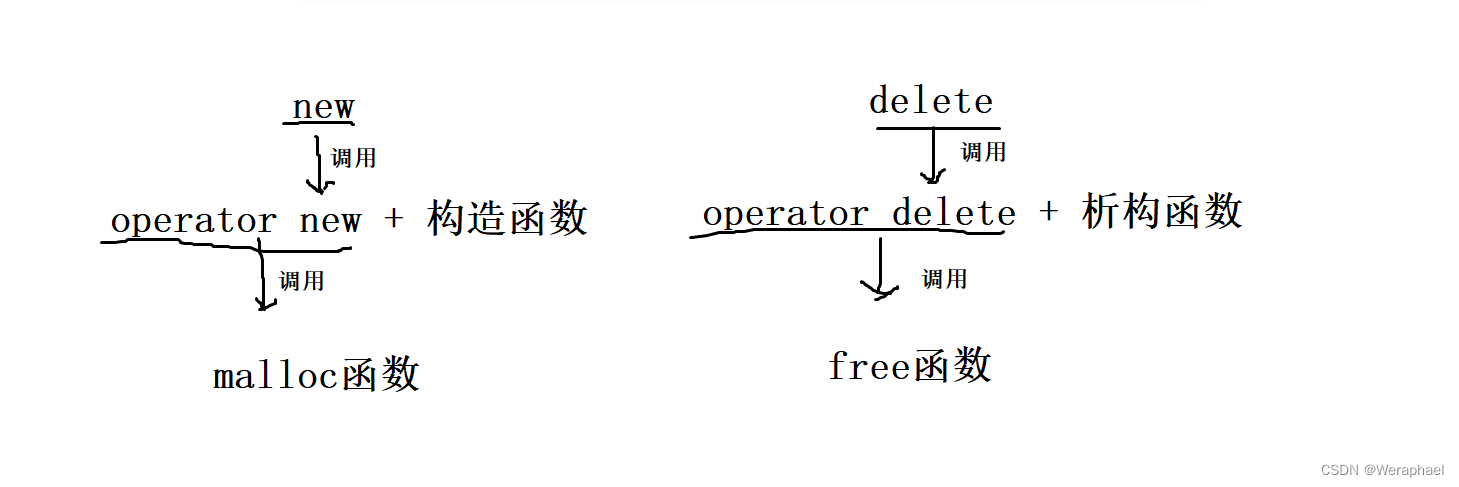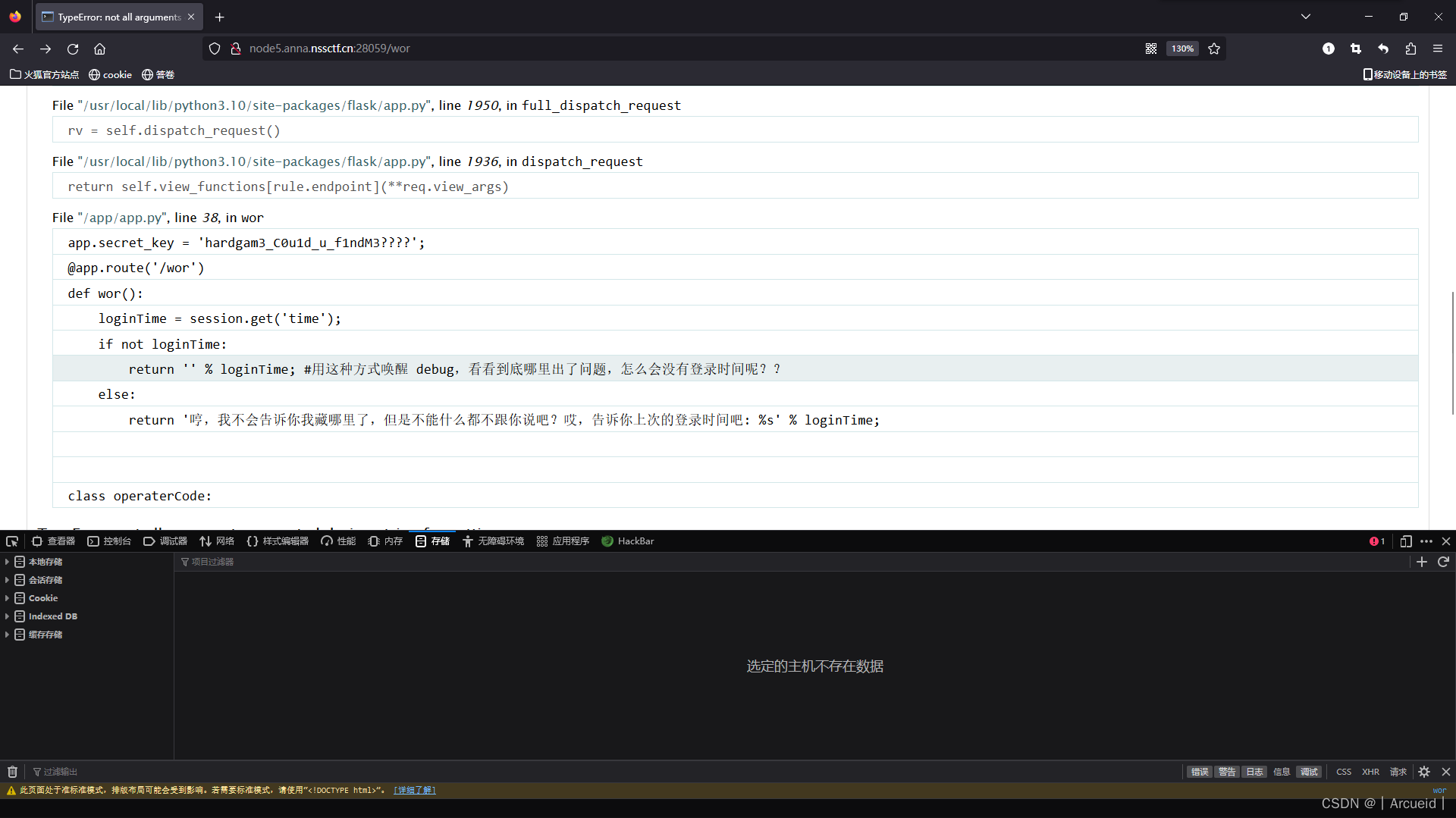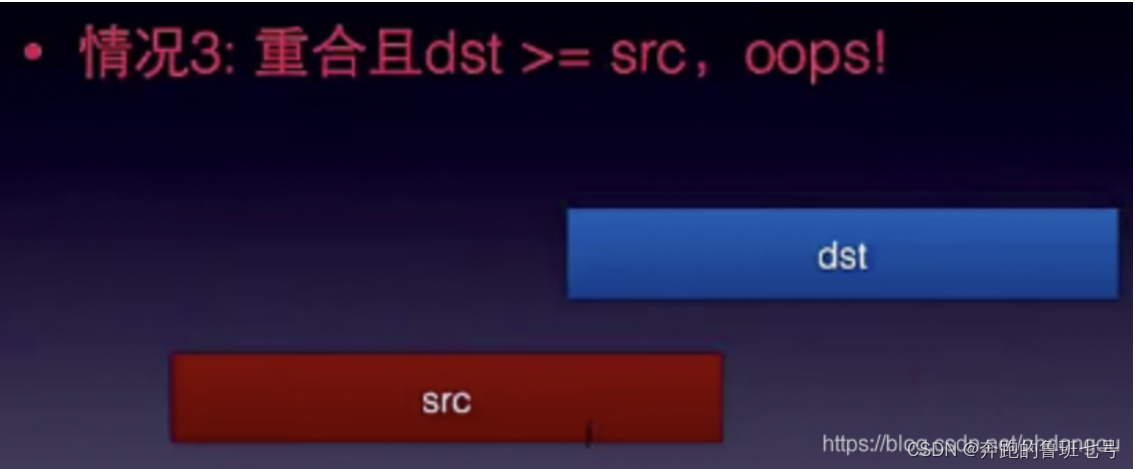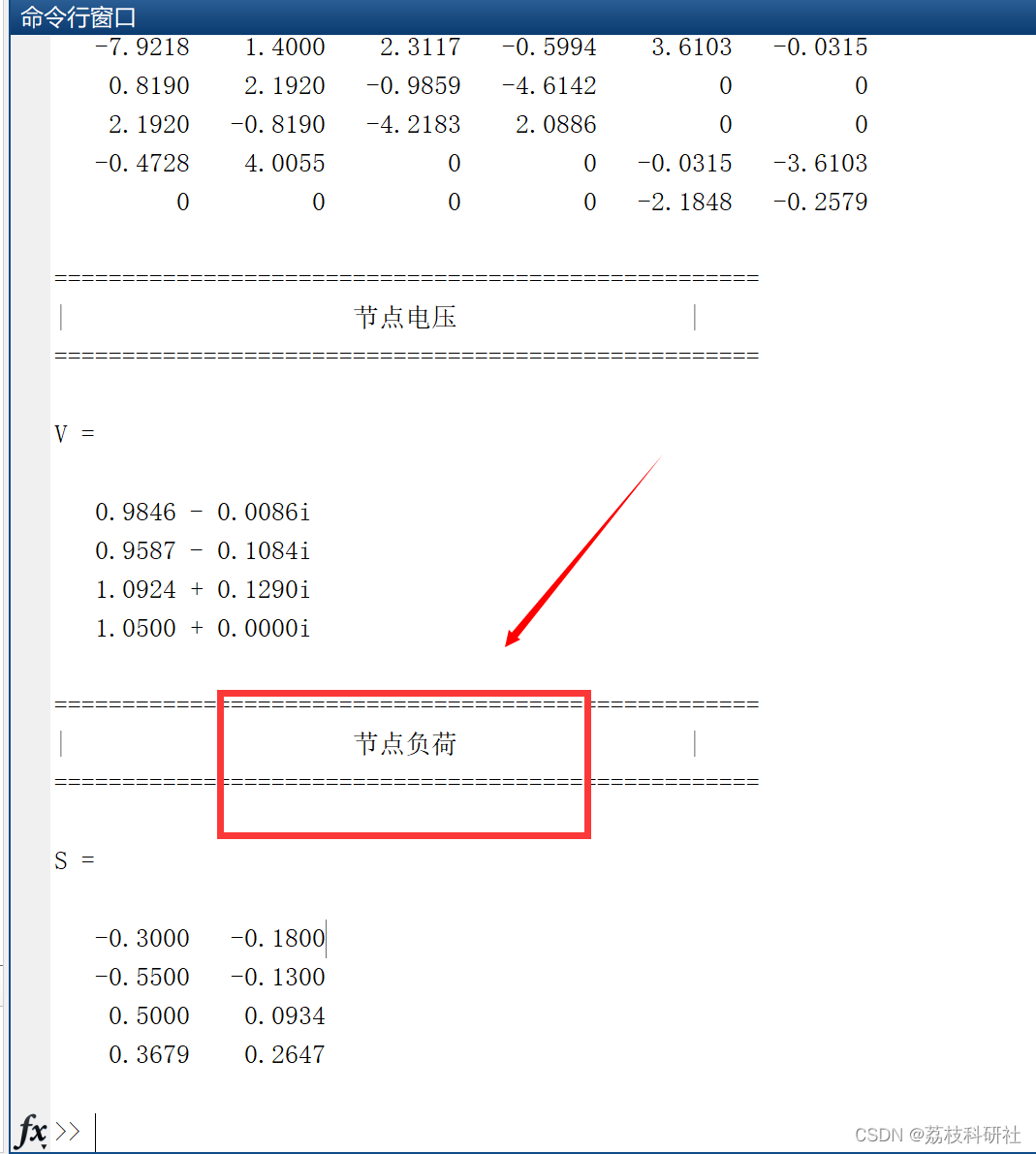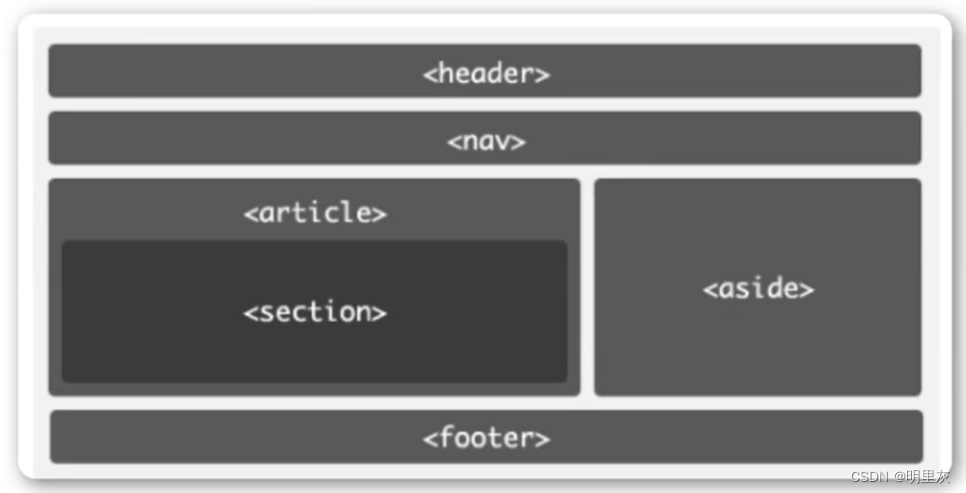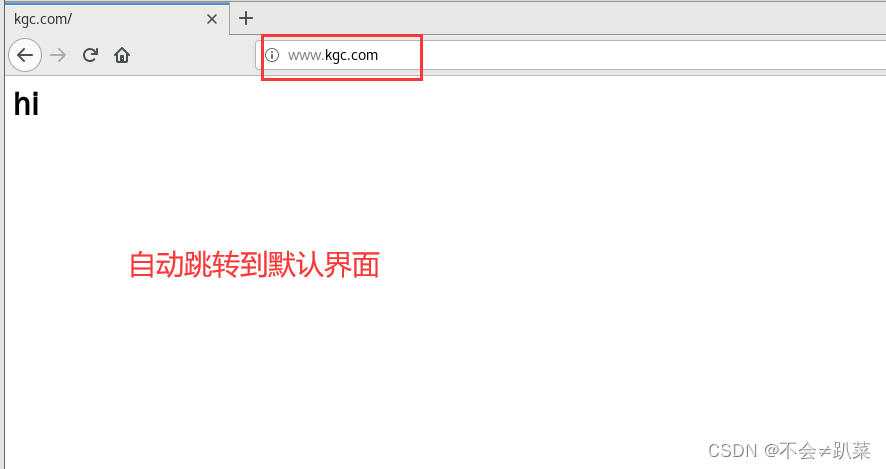系列文章目录
Numpy学习——创建数组及常规操作(数组创建、切片、维度变换、索引、筛选、判断、广播)
Tensor学习——创建张量及常规操作(创建、切片、索引、转换、维度变换、拼接)
基础学习——numpy与tensor张量的转换
基础学习——关于list、numpy、torch在float和int等数据类型转换方面的总结
文章目录
- 系列文章目录
- 前言
- 1、数据类型介绍
- 2、numpy与torch的一些数组函数的区别
- 1、empty()
- 2、randint()
- 3、normal()
- 4、transpose()
- 3、int和float的转换
- 1、一个数的转换
- 2、list类型转换
- 3、numpy类型转换
- 4、torch数据类型转换
前言
因为自己最近总是遇到一些list、numpy、torch的数据类型转换错误,特别是不同类型间的float转int或int转float,总是遇到错误,所以在这里总结一下。
1、数据类型介绍
Python中基本数据类型主要可分为以下几种:
1.数字(Number);
2.字符串(String);
3.列表(List);
4.字典(Dictionary);
5.元组(Tuple);
在Python3中,支持的数字类型有:
1.int–整型
2.float–浮点型
3.bool–布尔型
4.fractions–分数
5.complex–复数
2、numpy与torch的一些数组函数的区别
导入包
import torch
import torch.nn as nn
import numpy as np
import math
1、empty()
空数组:返回给定形状和类型的新数组,而不初始化条目
a = np.empty([3,3])
b = torch.empty([3,3])
print(a)
print(b)
结果:
[[6.23042070e-307 4.67296746e-307 1.69121096e-306]
[3.22647253e-307 2.67018777e-306 1.42413555e-306]
[1.78019082e-306 1.37959740e-306 2.29178686e-312]]
tensor([[0., 0., 0.],
[0., 0., 0.],
[0., 0., 0.]])
2、randint()
随机生成整数
a= np.random.randint(40, 100, (3, 4))
b = torch.randint(40, 100, (3, 4))
print(a)
print(b)
结果:
[[46 47 55 88]
[73 96 44 98]
[96 41 64 45]]
tensor([[98, 65, 57, 97],
[90, 74, 45, 64],
[67, 54, 79, 45]])
3、normal()
创建符合正态分布的4行5列数据
a = np.random.normal(0, 1, (4, 5))
b = torch.normal(0, 1, size = (4, 5))
print(a)
print(b)
结果;
[[-0.97259852 1.51207726 0.54528577 1.1024245 0.47090239]
[ 0.03231742 0.51741803 0.25911092 -1.14377841 -0.02595822]
[-0.42955202 -0.25546385 0.74112698 -1.57833126 0.69611583]
[ 0.08953791 0.32776525 0.74939352 -0.43138969 0.26458097]]
tensor([[ 0.6898, 0.4377, 1.8008, -1.3965, -1.7741],
[-0.0722, 0.6072, 0.1556, 0.2961, -0.6501],
[-1.6929, -1.0789, 2.0120, 1.0724, 1.6193],
[ 1.1412, -0.9807, 0.5462, -0.3795, -1.2053]])
4、transpose()
维度转换函数np和torch的区别
import torch
import numpy as np
a= np.random.randint(40, 100, (3, 4,5))
b = np.transpose(a,(2,1,0))
print(a.shape)
print(b.shape)
# torch.transpose只能由两个维度交换
c = torch.randn(2,3,4)
d = torch.transpose(c,0,1)
print(c.shape)
print(d.shape)
结果:
(3, 4, 5)
(5, 4, 3)
torch.Size([2, 3, 4])
torch.Size([3, 2, 4])
3、int和float的转换
导入包
import torch
import torch.nn as nn
import numpy as np
import math
1、一个数的转换
a = float(1.0)
b = int(a)
print(a)
print(b)
结果:
1.0
1
2、list类型转换
列表类型转换
a = [0.0567, 9.2345, 8.1986, 4.3333]
c = [1,2,3,4]
b = [int(a) for a in a] # 或者用下面这个
# b = list(map(int, a))
# b = [math.ceil(a) for a in a]
print(a)
print(b)
d = list(map(float, c))
print(c)
print(d)
结果:
[0.0567, 9.2345, 8.1986, 4.3333]
[0, 9, 8, 4]
[1, 2, 3, 4]
[1.0, 2.0, 3.0, 4.0]
3、numpy类型转换
numpy float 转 int
其他类型转换也是一样的
a = np.array([1, 2], dtype = 'float32') # dtype参数
print(a.dtype,a)
b = a.astype(np.int8)
print(b.dtype,b)
结果:
float32 [1. 2.]
int8 [1 2]
astype里的类型还可以填这些:

4、torch数据类型转换
在Tensor后加.long(), .int(), .float(), .double()
a = torch.tensor([1, 2], dtype =torch.int8) # dtype参数
print(a.dtype,a)
b = a.float()
print(b.dtype,b)
结果:
torch.int8 tensor([1, 2], dtype=torch.int8)
torch.float32 tensor([1., 2.])
用.to()函数进行转换
a = torch.tensor([1, 2], dtype =torch.uint8) # dtype参数
print(a.dtype,a)
b = a.to(dtype =torch.float32)
print(b.dtype,b)
结果:
torch.uint8 tensor([1, 2], dtype=torch.uint8)
torch.float32 tensor([1., 2.])
其他类型转换也是一样的。
下面是一些类型的名称。

